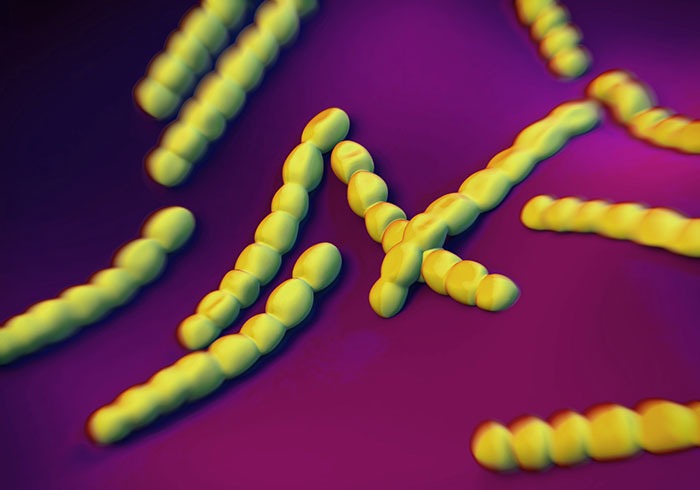News from QED Bioscience
Superantigens Elicit “Cytokine Storm”: Responsible T-Cells Identified
Related Antibodies from QED Bioscience
Catalog No. – Clone No.
Superantigens are a class of antigens that cause non-specific activation of T-cells and may have evolved as defense mechanisms of some pathogens against host immune responses. Responses to superantigens include polyclonal T-cell activation and massive release of cytokines, primarily interferon gamma. High levels of interferon gamma activate macrophages which produce proinflammatory cytokines such as IL-1, IL-6, and TNF-alpha that can result in shock and organ failure.
Superantigens are produced intracellularly by bacteria and are released as extracellular toxins typified by staphylococcal enterotoxins A and B. Superantigen toxins have also been associated with Streptococcus pyogenes, Yersinia pseudotuberculosis, Clostridium perfringens, and Mycoplasma arthritidis.
In a recent publication by Shaler et al. (PLos Biol 2017 June 20, Volume 15), the authors identified MAIT cells (mucosa-associated invariant T-cells) in mice “as the most powerful source of pro-inflammatory cytokines after exposure to superantigens” such as staphylococcal enterotoxin B (SEB), staphylococcal enterotoxin A (SEA), toxic shock syndrome toxin-1 (TSST-1), streptococcal pyrogenic exotoxin A (SpeA), and Klebsiella pneumoniae lysate. The elegant experiments described in this paper demonstrated that not only are MAIT cells fast-responding sources of inflammatory mediators following systemic exposure to superantigens, but vigorous activation of MAIT cells by superantigens exhausts their abilities to contribute to protective anti-microbial responses. If MAIT cells contribute to toxic shock and sepsis in human patients, then they are an enticing target for therapeutic intervention in superantigen-mediated pathology.


